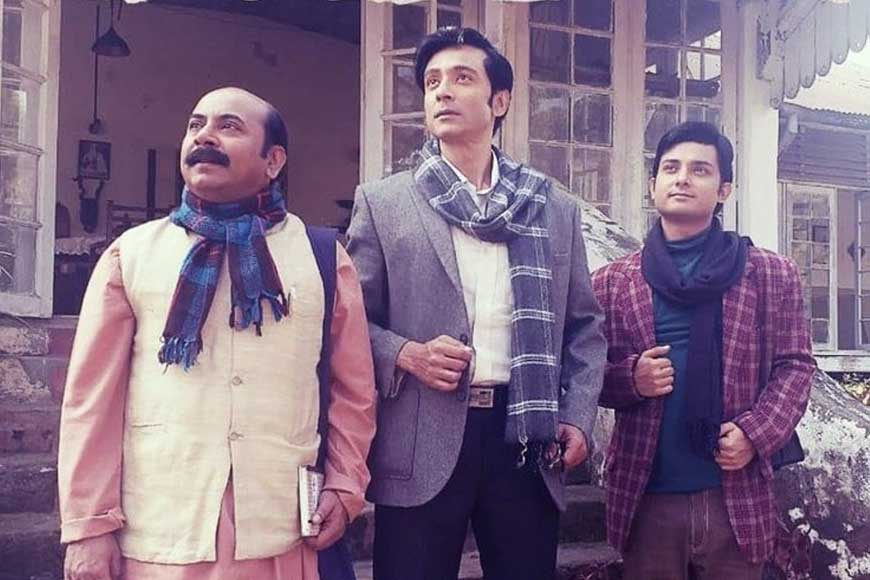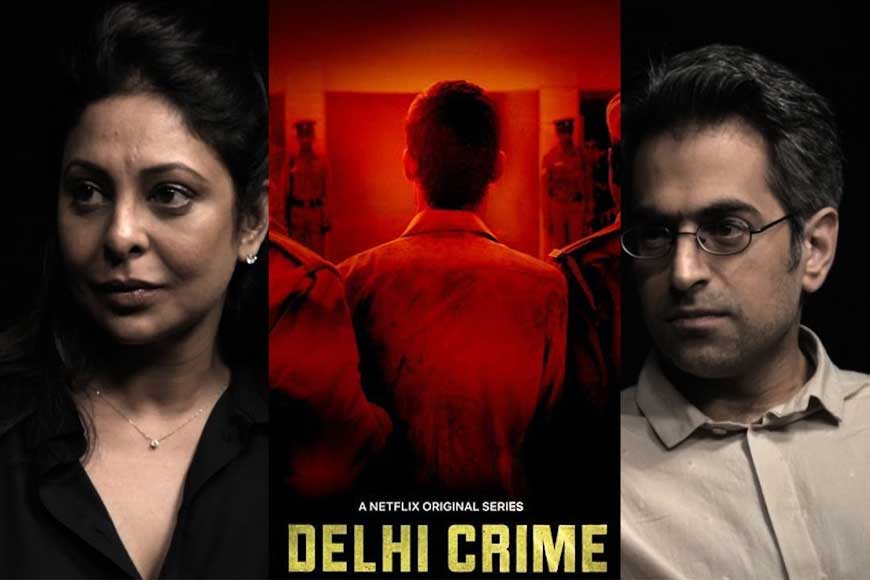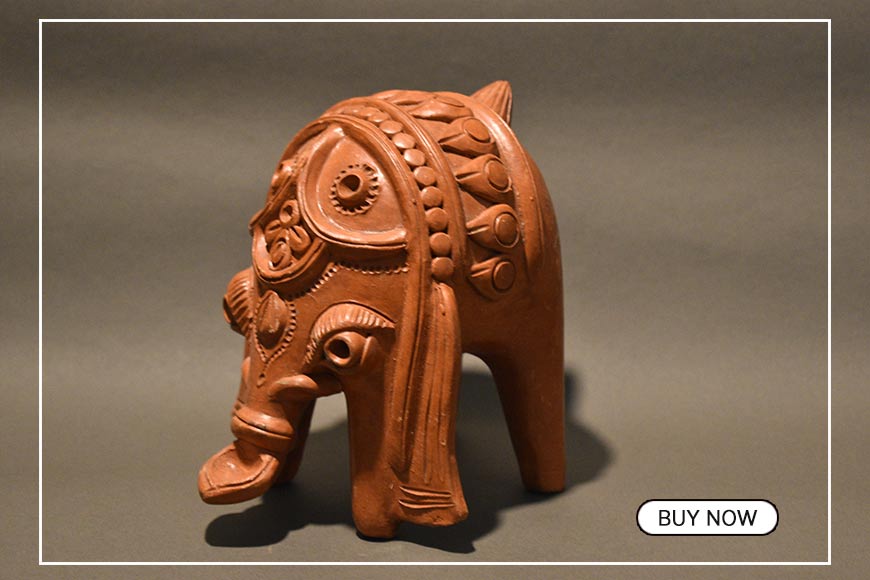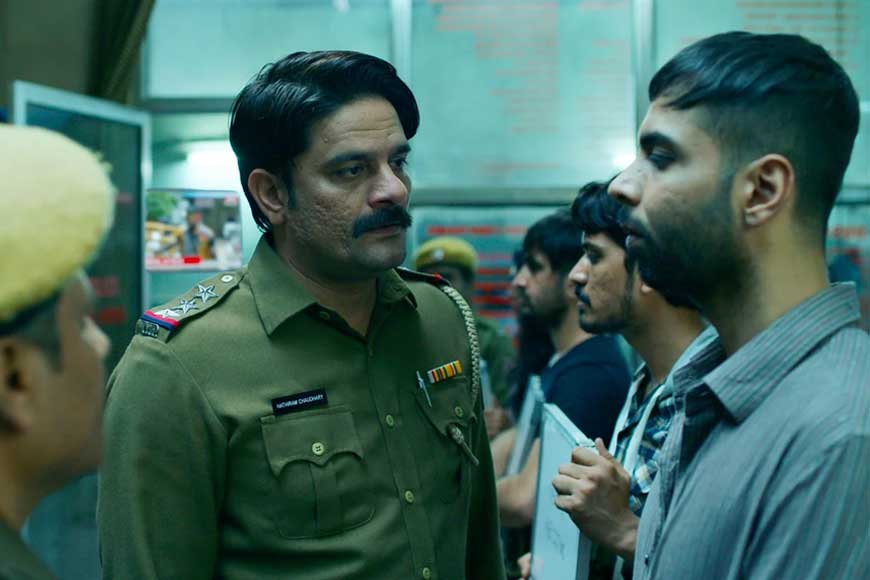Is the OTT boom passing Bengal by?

Feluda Pherot
During the seemingly endless year of 2020, as the world grappled with immense challenges and gradually got used to newer ways of life, the one great source of succour and sustenance proved to be entertainment. More specifically, paid OTT platforms, which brought the very best of web series and films to our doorsteps via our smartphones, as theatres shut down and the big screen went out of bounds.
Names such as Netflix, Amazon Prime, and Disney Hotstar have been around in the Indian market since 2016-17, but it was in 2020 that they became an emphatic part of our daily lives. Following in their footsteps, several regional OTT brands have also been fighting for a share of the pie, among them Addatimes and Hoichoi in Bengali. Curiously though, the enormous potential of the Bengali market, stretching as it does across two countries, has remained largely limited to these two brands, with little in terms of quality original content, unlike the national brands, or even several powerful regional platforms down South. For a language so rich in literary and cinematic traditions, why has the digital wave failed to catch on? Also just for the record, with over 230 million native speakers, Bengali is the seventh most spoken language in the world.
Names such as Netflix, Amazon Prime, and Disney Hotstar have been around in the Indian market since 2016-17, but it was in 2020 that they became an emphatic part of our daily lives. Following in their footsteps, several regional OTT brands have also been fighting for a share of the pie, among them Addatimes and Hoichoi in Bengali.
OTT, or ‘over the top’, is commonly defined as “a means of providing television and film content over the internet at the request and to suit the requirements of the individual consumer”. How far this platform has come in a fairly short time is evident from the fact that the International Emmy Awards, the preeminent TV awards organisation, now ranks OTT shows and series in the same category as TV shows. In fact, India scored a major triumph at the 48th International Emmy Awards in November 2020, with Netflix series ‘Delhi Crime’ bagging the Best Drama Series award, beating off competition from Germany, the UK, and Argentina.
Can we hope for a similar series in Bengali? In recent weeks Addatimes, which became the first Bengali OTT app when it was launched in 2016, has considerably boosted its subscriber base thanks to the release of director Srijit Mukherji’s series ‘Feluda Pherot’, says founder and managing director Rajiv Mehra. However, he does agree that the market potential is far from being realised. “The Bengali market was initially spoiled by a rival platform (we presume he means Hoichoi) seeking to capture viewership using cheap, almost sleazy content,” he says. “But that success cannot be sustained, because once you start on that road, you can’t draw viewers for quality content. Why would a Bengali viewer used to Netflix or Hotstar come to Bengali platforms unless you can provide quality?”
 Delhi Crime
Delhi Crime
Veteran actor-director-producer Arindam Sil, owner of the production house Nothing Beyond Cinema, believes the Bengali industry has remained “generally substandard and mediocre” in terms of digital content creation. “We took the easier way out to grab attention with cheap content, and that hasn’t worked. If you look at South Indian digital platforms, they have been excelling. Nationally, nobody talks about Bengali content,” he says. When he made ‘Satyamev Jayate’, Sil experimented with the medium, keeping the digital space in mind.
Understandably, the response from Hoichoi is at variance with this statement. "Hoichoi produces approximately 25 original shows a year, a mammoth task. The reason being the market has huge potential, and we have been doubling our revenues year-on-year. We have also entered into strategic partnerships with other national telcos, ISPs, etc
As such historically, with the kind of shows we do, our shows are talked about nationally. Given the kind of growth we are looking at in 2021, we have already announced another 25 new original series, each bigger than the other across multiple genres," says Soumya Mukherjee, vice-president, revenue and strategy.
 However, veteran actor-director-producer Arindam Sil, owner of the production house Nothing Beyond Cinema, believes the Bengali industry has remained “generally substandard and mediocre” in terms of digital content creation. “We took the easier way out to grab attention with cheap content, and that hasn’t worked. If you look at South Indian digital platforms, they have been excelling. Nationally, nobody talks about Bengali content,” he says. When he made ‘Satyamev Jayate’, Sil experimented with the medium, keeping the digital space in mind. “Certain kinds of content works only for the digital medium, say something like ‘Bandish Bandits’. OTT offers incredible reach, far more than cinema, and I have to keep that in mind while preparing content.”
However, veteran actor-director-producer Arindam Sil, owner of the production house Nothing Beyond Cinema, believes the Bengali industry has remained “generally substandard and mediocre” in terms of digital content creation. “We took the easier way out to grab attention with cheap content, and that hasn’t worked. If you look at South Indian digital platforms, they have been excelling. Nationally, nobody talks about Bengali content,” he says. When he made ‘Satyamev Jayate’, Sil experimented with the medium, keeping the digital space in mind. “Certain kinds of content works only for the digital medium, say something like ‘Bandish Bandits’. OTT offers incredible reach, far more than cinema, and I have to keep that in mind while preparing content.”
Nationally, 2020 quite literally brought home to millions of viewers the enormous potential of web series and films made for digital platforms. The first Indian OTT platform was BIGFlix, launched by Reliance Entertainment in 2008, though it took close to a decade for the market to blossom. In the regional segment, most leading national brands offer some vernacular content as add-ons, but even there, Bengali content forms a very small part of the whole.
Arijit Dutta, owner of Priya Cinema and occasional actor, believes maturity in terms of content remains elusive for Bengali OTT platforms. “We need to realise the difference between content for cinema, television, and digital media. None of them can replace each other, but there is enough room for everyone in the market.
Part of the reason, Mehra feels, may be the Bengali viewers’ inherent scepticism regarding content in their mother tongue. “From the very beginning, we found it a challenge to draw Bengalis to view content in their mother tongue. Somehow, there’s always a question mark on quality,” he says. “But as we have done with Feluda, we intend to continue with quality content. With the release of Feluda, our subscriber base has expanded rapidly, because this is something that appeals to all age groups, and across social divides. My feeling is, we will soon see a lot more content based on literature because clearly, there is a demand for quality.”
 Paatal Lok
Paatal Lok
Likewise, Arijit Dutta, owner of Priya Cinema and occasional actor, believes maturity in terms of content remains elusive for Bengali OTT platforms. “We need to realise the difference between content for cinema, television, and digital media. None of them can replace each other, but there is enough room for everyone in the market. The kind of content on offer in Bengali right now would not normally interest the urban viewer,” he says.
Subhadip Basu, a Youtuber who owns the channel Talkathon With Subhadip, feels that unless Bengali web series and made-for-OTT films change their approach radically, he would much rather stick to the national brands. “I will always prefer the big screen when it comes to watching movies, but for web series, I will watch Bengali content only if I find the quality good enough,” he says.
What is the viewer experience like? Does the average Bengali viewer feel drawn to the kind of original content currently available for viewing? Will Bengali OTT platforms ever pose a threat to cinema? Subhadip Basu, a Youtuber who owns the channel Talkathon With Subhadip, feels that unless Bengali web series and made-for-OTT films change their approach radically, he would much rather stick to the national brands. “I will always prefer the big screen when it comes to watching movies, but for web series, I will watch Bengali content only if I find the quality good enough,” he says.
As many of those we spoke to pointed out, digital content, while lacking the larger-than-life aura of big-screen offerings, does give viewers complete freedom to view what they want, when they want. Unlike films or TV, there are no set timings, no tickets, no travel. The interaction between viewer and content is almost always one-on-one, and anybody with a smartphone is a potential target. Therefore, in theory, it offers unparalleled reach and variety in terms of viewership, and enormous revenue. How and when the Bengali market realises this potential remains to be seen.










